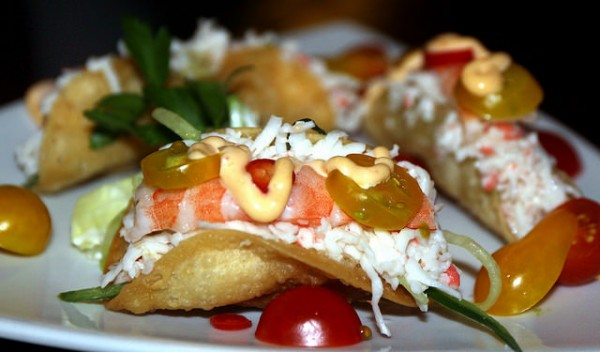
In a broad sense, there are two kinds of consumers. First, there are the people who like variety, and tend to be curators of things in multiple, specific genres. Generally, enjoying a wider variety of things is a way for people to distinguish themselves from the less educated or the exclusive snob, marking their status as high class, open-minded consumers. The other way of thinking about consumption is in terms of “typicality,” or how well something fits into a particular genre, and some consumers require their cultural objects to fit into its pre-defined genre. Amir Goldberg, Micheal Hannan, and Balázs Kovács explore how these two different types of consumers respond to boundary-spanning creations – those restaurants, movies, and music that combine elements of multiple genres to create something new and unusual.
The authors analyze over 3 million movie reviews from Netflix and over 700,000 restaurant reviews from Yelp to categorize reviewers as different types of consumers. To measure atypicality, they looked at how many genre labels were applied to each restaurant (Asian, Latin, American, etc.) or film (Drama, Action, Comedy, etc.). For variety they looked at users’ pasts reviews to understand the range of movies or restaurants they consume.
What the researchers found is that as a reviewer’s penchant for new and innovative (atypical) restaurants and movies decreases, their desire for variety increases. This finding is consistent with the view that consumers tend to know and like multiple types of genres, but that they like a clear understanding of what genre they’re consuming. This allows them to be “experts” of many particular types of food or music, and atypical offerings challenge their hard-won cultural capital. Enjoying variety then, is not about making connections with others, but distinguishing oneself from the uneducated masses or the snob who only knows and likes one type of thing. For these consumers, variety may be the spice of life, but only when eaten in typical dishes.

Comments 1
CH — September 18, 2016
Due to chemistry and the provenance of ingredients there is a reason many traditional dishes taste good. There are "crossover" ingredients such as chilis, tomato, and peppercorns... But in general the balance of chemical flavors in traditional dishes is dictated by local availability and produces a harmonious dish, designed by mother nature. Filipino food uses coconut oil, Mediterranean food olive oil, and north European food butter... for a reason. Leg of lamb braised in coconut oil would be extremely greasy, just as shrimp and rice baked in butter would overwhelm the delicate flavor and texture of the seafood.
If knowing certain dishes is important to the "culturally literate" it probably has more to do with appreciating the terroir than intellectual snobbery.
Any gourmand will tell you there is something wrong with a japanese taco, a fried corned beef roll, or a steak and rice casserole that has nothing to do with a preference for traditional dishes. They just dont work on the palate.